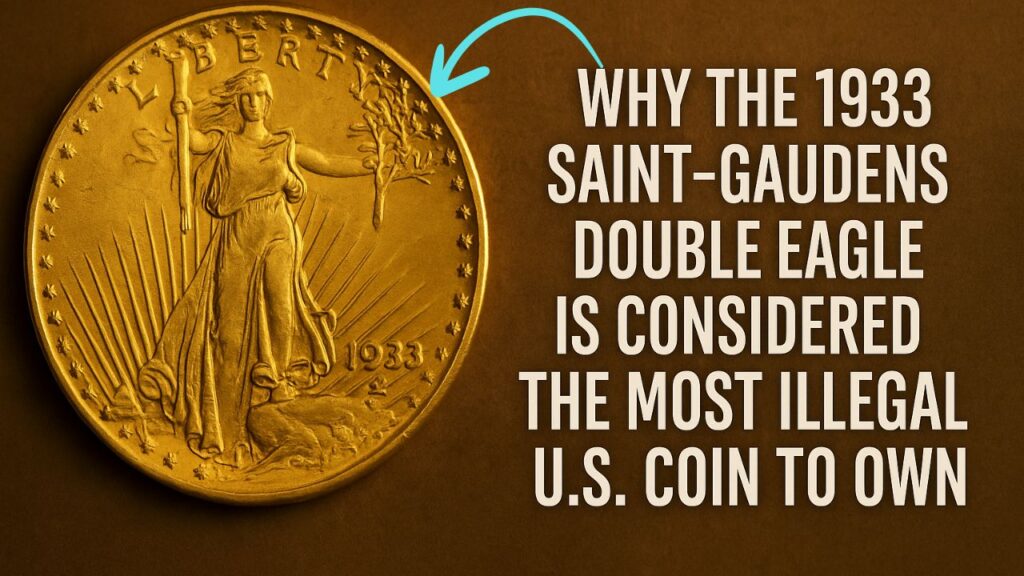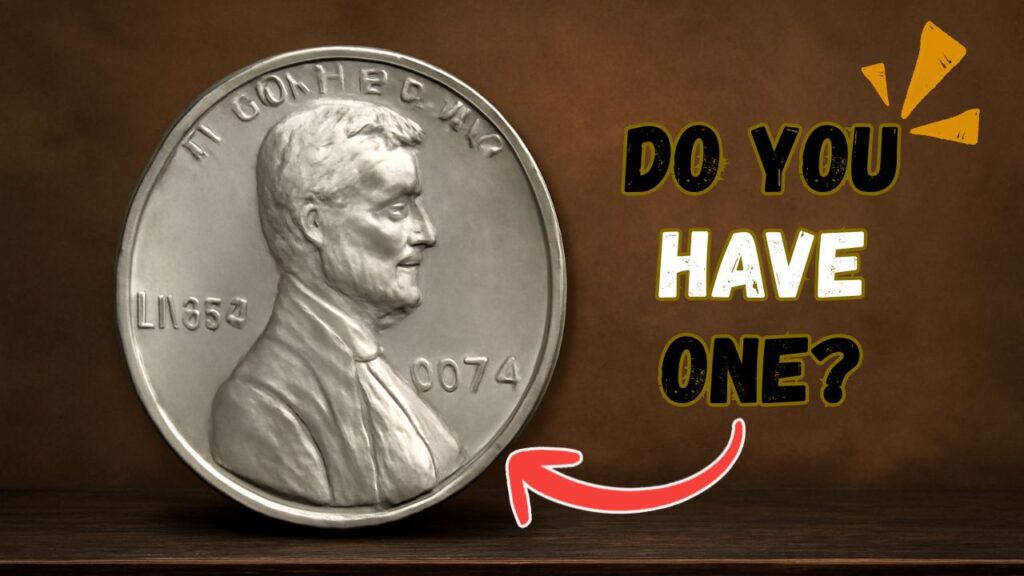The 1933 Saint-Gaudens Double Eagle is one of the most coveted and controversial coins in U.S. history. Known for its stunning design and intricate detail, this coin is a piece of American numismatic lore.
However, what makes it truly unique is its legal status: the 1933 Double Eagle is considered the most illegal U.S. coin to own. But why is this the case? How did a coin so famous for its beauty and craftsmanship end up in such legal turmoil?
This article will delve into the history, legality, and value of the 1933 Saint-Gaudens Double Eagle, shedding light on its fascinating story.
History of the 1933 Saint-Gaudens Double Eagle
The Saint-Gaudens Double Eagle was designed by the renowned sculptor Augustus Saint-Gaudens and was minted in 1907. It featured a depiction of Lady Liberty walking boldly across the coin, with a rising sun in the background. This design was one of the most artistically admired coin designs in American history.
In 1933, however, the U.S. government decided to halt the production of the coin as part of President Franklin D. Roosevelt’s plan to take the country off the gold standard.
The Gold Reserve Act of 1934 made the holding of gold coins illegal, except for certain exceptions, which effectively rendered the 1933 Saint-Gaudens Double Eagle illegal to possess.
Despite the law, the U.S. Mint minted a total of 445,500 Double Eagles in 1933. However, before they could be released into circulation, most of these coins were melted down or destroyed. Only a small number of coins managed to escape the melting pot, and their journey to becoming illegal artifacts began.
Why Is the 1933 Saint-Gaudens Double Eagle Illegal?
The 1933 Saint-Gaudens Double Eagle is considered illegal because it was never officially issued for circulation. When the U.S. government made gold ownership illegal, it ordered that all gold coins be turned in.
Most of the 1933 coins were destroyed, but some managed to escape this fate through dubious means.
In 1933, the U.S. Mint was supposed to destroy all remaining coins, but a few found their way into private hands. Over the years, some of these coins were discovered in the hands of collectors and dealers, leading to intense legal battles over their ownership.
In 1944, the Secret Service confiscated several 1933 Double Eagles from a jewelry dealer, but the most famous coin, known as the “King of American Coins,” was not discovered until 1996. In that year, a 1933 Double Eagle was seized from a London-based dealer, and it was the first coin to be legally returned to the U.S. Treasury.
Despite the legal confusion, the U.S. government has continued its efforts to prevent the sale or possession of these coins by the public. Today, owning a 1933 Saint-Gaudens Double Eagle without authorization is a federal offense.
Rarity and Value of the 1933 Saint-Gaudens Double Eagle
The rarity of the 1933 Double Eagle only adds to its value. As one of the rarest U.S. coins in existence, its price at auction has gone through the roof. The most famous 1933 Double Eagle, which was sold at auction in 2002, fetched a staggering $7.6 million.
This sale set a world record for a U.S. coin and highlighted the immense value collectors place on this iconic piece of history.
In fact, the 1933 Double Eagle is often considered the “Holy Grail” of coin collecting, and the few that exist are valued at millions of dollars. The legal status of these coins only increases their mystique and allure, with collectors clamoring to own a piece of American history despite the risks involved.
Key Facts About the 1933 Saint-Gaudens Double Eagle
| Feature | Details |
|---|---|
| Designer | Augustus Saint-Gaudens |
| Year Minted | 1933 |
| Total Coins Minted | 445,500 coins (most destroyed) |
| Coin Composition | 90% gold, 10% copper |
| Legal Status | Illegal to own without authorization |
| Famous Sale Price (2002) | $7.6 million (at auction) |
| Primary Legal Issue | Unlawful possession due to the Gold Reserve Act |
| Notable Ownership | The only legal 1933 Double Eagle is housed in the U.S. Mint |
| Rarity | Extremely rare (few in private hands) |
Legal Battles Over the 1933 Saint-Gaudens Double Eagle
The legal journey of the 1933 Saint-Gaudens Double Eagle has been long and complicated. After the coins were seized in 1944, they were declared illegal property under U.S. law.
However, in 1996, a coin was found in the possession of a London dealer. The U.S. government sought the return of the coin, claiming it had never been legally sold.
In 2002, the coin was put up for auction, and despite the legal issues surrounding its ownership, it was sold for a record-breaking price of $7.6 million. The sale of this coin stirred up even more legal questions and brought the issue of the illegality of the 1933 Double Eagle to the forefront once again.
Following this sale, other coins that had been circulating among collectors were seized by the government, further solidifying the claim that these coins were indeed illegal to possess. While the coins are now considered historical artifacts, their illegal status remains a point of contention in numismatic circles.
The 1933 Saint-Gaudens Double Eagle is undoubtedly one of the most fascinating and illegal U.S. coins in history. Its story intertwines with the Gold Reserve Act of 1934, legal battles, and its eventual rise to become one of the most valuable coins in the world.
The rarity, beauty, and controversy surrounding this coin have cemented its place in American numismatic history.
Today, the 1933 Double Eagle remains a symbol of both legal intrigue and collector fascination. Its value continues to rise, but for those wishing to own one, the risks of legal ramifications remain high.
Whether it’s the historical significance or the illegal allure, the 1933 Saint-Gaudens Double Eagle will forever be remembered as the most illegal U.S. coin to own.
Frequently Asked Questions
1: Why is the 1933 Saint-Gaudens Double Eagle illegal?
The 1933 Saint-Gaudens Double Eagle is illegal because it was never officially released for circulation after the U.S. government declared gold coins illegal to possess under the Gold Reserve Act of 1934.
2: How much is the 1933 Saint-Gaudens Double Eagle worth?
The value of the 1933 Saint-Gaudens Double Eagle can range from millions of dollars, with one coin famously selling for $7.6 million at auction.
3: How many 1933 Saint-Gaudens Double Eagles still exist?
Very few 1933 Saint-Gaudens Double Eagles exist today, with only a handful in private collections, making them extremely rare and highly valuable.



